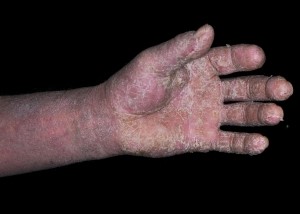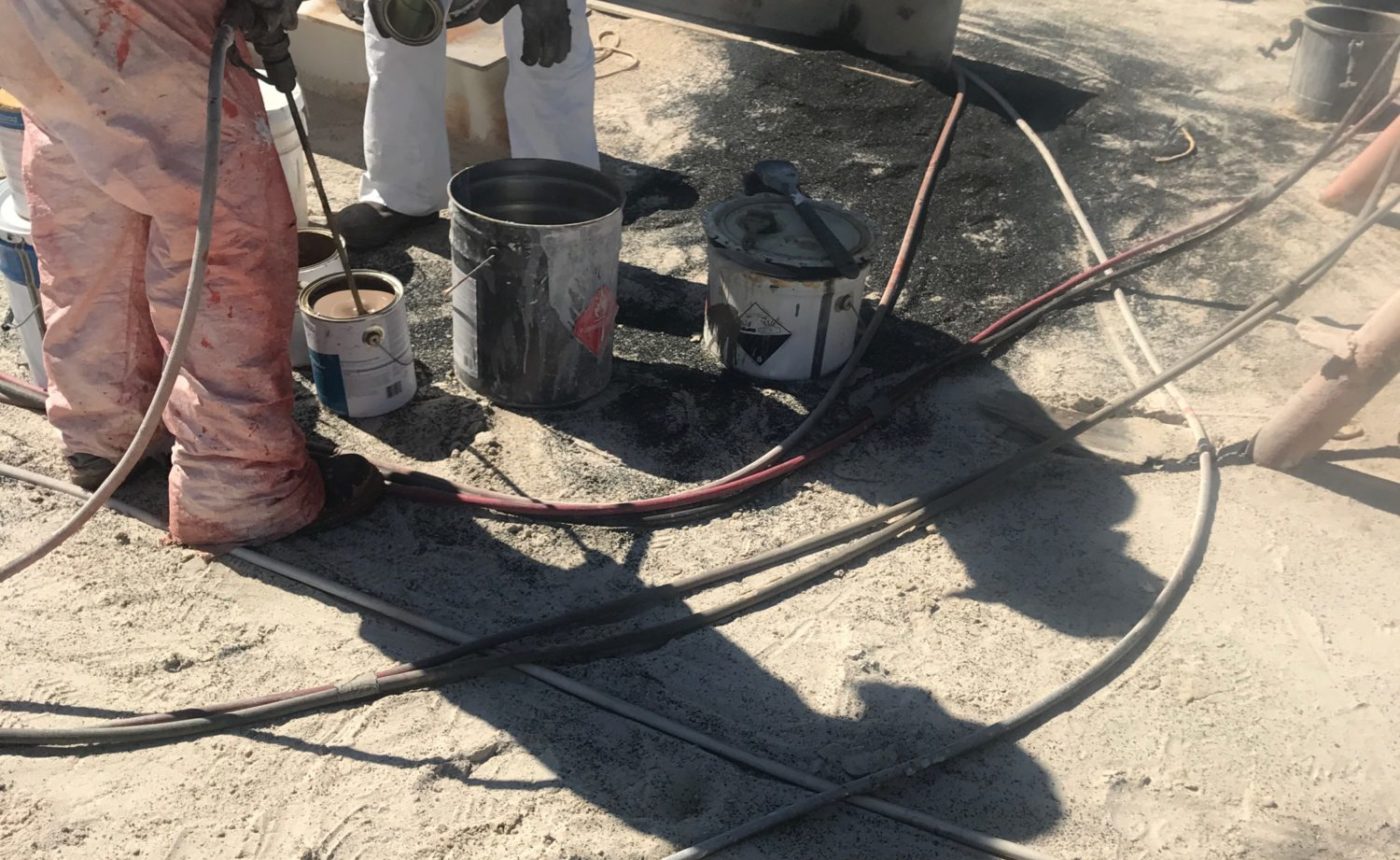 Kevin is serving as the Principal for KGC where he oversees all aspects of business and technical operations. For the past twenty-one years he has provided senior oversight and management of KGC’s most complex industrial hygiene and hazardous waste management projects. Kevin holds a Master of Science in Public Health (Specialty: Industrial Hygiene) from the Tulane School of Public Health and Tropical Medicine and is currently pursuing his Doctorate in Public Health (Specialty: Occupational Health) from the University of South Florida. He is a Certified Industrial Hygienist (CIH) and certified Project Management Professional (PMP)
Kevin is serving as the Principal for KGC where he oversees all aspects of business and technical operations. For the past twenty-one years he has provided senior oversight and management of KGC’s most complex industrial hygiene and hazardous waste management projects. Kevin holds a Master of Science in Public Health (Specialty: Industrial Hygiene) from the Tulane School of Public Health and Tropical Medicine and is currently pursuing his Doctorate in Public Health (Specialty: Occupational Health) from the University of South Florida. He is a Certified Industrial Hygienist (CIH) and certified Project Management Professional (PMP) Exposure to Industrial Solvents: It is no joking matter
Recently, I was on a project site where I observed a few painters removing an industrial coating from their hands and face using MEK. Like the industrial hygiene nerd that I am, I immediately informed them of the hazards of doing such a foolish thing. I instructed them to read the Safety Data Sheet (SDS) for the material. They both laughed and went about their business. I know this is a routine practice in the industry — and this is far from ground breaking to hear this.
Most painting firms that I have encountered concentrate their control efforts on protecting their employees from breathing hazardous chemicals in the workplace. They have comprehensive respiratory protection plans, but their PPE plans leave a lot to be desired. This revelation is quite unfortunate for industrial painters, as dermal exposure is quite prevalent in the industry with many deleterious health effects that can result from prolonged exposure. Before you grab that can of industrial solvent or paint, consider the following sobering facts.
Occupational Skin Diseases
According to NIOSH, “occupational skin diseases (OSD) are the second most common type of occupational disease1.” From contact dermatitis to skin cancers, dermal contact with industrial solvents can wreak havoc on those who are exposed at concentrations encountered routinely by industrial painters that are not wearing the appropriate PPE for the hazard and those who intentionally expose themselves by removing overspray from themselves with solvents at the end of the work shift.
Contact Dermatitis

Photo from the Occupational Dermatology Research and Education Centre
Ototoxicity
While most painters I have encountered have admitted they had a general idea that cleaning up with solvents causes at least skin irritation, not one of them understood that solvent exposure can contribute to permanent hearing loss. Most of the time, I see a blank stare on the persons face when I explain this concept to them.
In non-technical terms, chemicals that are known to cause hearing loss are referred to as ototoxic. If being exposed to hot, loud environments was not bad enough, consider that being exposed to known ototoxic solvents combined with loud environments can increase one’s chance of suffering permanent hearing loss. If I still have not convinced you to minimize your exposure to industrial solvents, it gets better.
Cancer
Many of the solvents that are used in the industrial painting industry today are known carcinogens. A review of the available peer reviewed literature on this topic, indicates increased cancer risk and exposure to paint/solvents.1,2
In 1989, the International Agency for Research on Cancer (IARC) classified painting as an “occupationally related cause of cancer.” Subsequent IARC research presented in 2010 confirmed their findings from the 1989 study.
Armed with these facts, why would one choose to intentionally expose themselves potentially to skin cancer, hearing loss and a host of other cancers? It is clear to me. It is a lack of knowledge of the risks that are associated with the solvents they are working with. There is some good news. We can control and mitigate the exposures.
Mitigation
There are many different steps that should be followed. Below are few suggestions and by no means a comprehensive list of steps to follow to mitigate the risk:
- Prohibit all employee use of solvents to remove coatings from their skin
- Develop a comprehensive PPE written program.
- Develop a Task Specific PPE hazard assessment based on the chemicals of concern
- Develop an Activity Hazard Analysis (Risk based like the USACE)
- Select PPE based on PPE hazard assessment that was conducted by a qualified health and safety person.
- Perform Personal Air Sampling for the Chemicals (solvents/coatings)
- Training
Remember knowledge is power.

